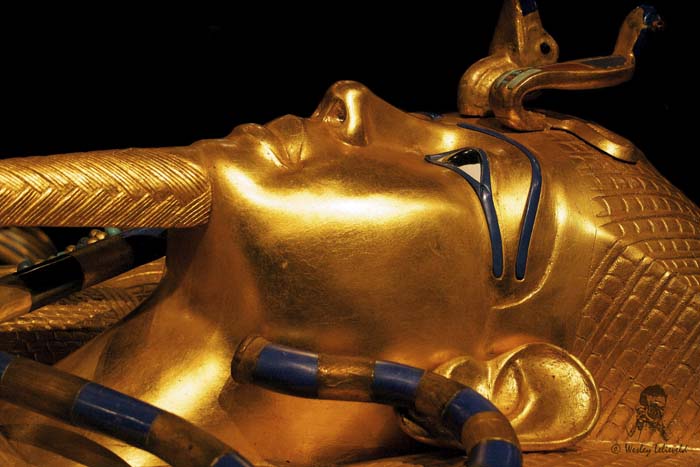African Trade Routes: The Trans-Saharan Trade Network
Following up on What Will the Dominant Economic System of the Future Look Like?, this week we’ll discuss the Trans-Saharan trade network which united many markets and products, linking the commodities, buyers, and sellers of North and West Africa, the Middle East, and Europe.
---
The trade routes of Ancient Africa played an important role in the economy of many African Empires through the trade of goods, ideas, and slaves from Western and Central Africa to faraway places like Europe, the Middle East, and India.
Major trade centers included Timbuktu, Gao, Agadez, and Djenne. Seaport cities developed along the coast of North Africa, such as Marrakesh, Tunis, and Cairo.
Long before the Trans-Saharan trade route’s golden age, commerce in the Sahara was relatively localized and consisted of the exchange of agricultural products like rice, sorghum, and millet. These early exchanges were made possible by pack animals like mules, horses, and donkeys, but trade was limited because these animals were biologically ill-suited for the extremes of the Saharan environment.
The Trans-Saharan trade network, which gets its names from its paths crossing the Sahara Desert, was not a single, continuous route, but rather a complex network of interconnected routes that stretched thousands of miles from approximately the seventh to the eleventh century.
The main items traded were gold and salt, both which acted as currency. Other commonly traded items included ivory, cloth, slaves, metal goods, and beads northward from sub-Saharan West Africa to the Mediterranean coast, eastward to the Horn of Africa and Egypt, and southward into the Sahel.
West African gold was used to mint European coins. This growth in the market for gold spurred the expansion of new links in the Trans-Saharan trade route and resulted in the opening of a major trade artery between the towns of Sijilmasa, north of the Sahara, and Awdaghost to the south.
Trans-Saharan trade was critically dependent on nomadic North African Berber intermediaries and the string of oasis towns that connected distant parts of the network in an otherwise unforgiving landscape.
Oasis towns provided traveling merchants with places to rest, water their animals, and acquire provisions for their journey. They served the same function as the caravanserais, inns for travelers that existed throughout the Islamic world, including along the Silk Roads in Asia, in the Middle East, and in Egypt and Morocco.
Without the camel, trade across the Sahara would have been nearly impossible. Camels can survive long periods without water and withstand the heat of the day and the cold of night in the desert. They also have a double row of eyelashes to protect their eyes from the sand and the sun.
The invention of the camel saddle enabled camels to be ridden, which furthered their usefulness to trans-Saharan trade.
By the 13th century, the Mali Empire emerged and became one of the most prosperous civilizations along the route. One of its rulers, Mansa Kankan Musa I, is considered the richest man in history due to his control of both the gold and salt mines in West Africa.
During his reign, Mansa Musa made a pilgrimage to Mecca passing through Cairo in 1324. On this journey he brought with him an enormous amount of gold which he used to distribute to the poor and fund the construction of mosques and other public works.
Unfortunately, Mansa Musa’s well-intentioned gifts of gold actually depreciated the value gold in Egypt, and the economy took a major hit following his passage.
---
Ready to invest in digital marketing for your business? Let's work together to create a plan designed around optimizing your business directory listings, while incorporating search engine optimization (SEO), content marketing, search engine marketing, lead generation and website design to ensure that your accounting practice is optimized to help you reach your goals.



